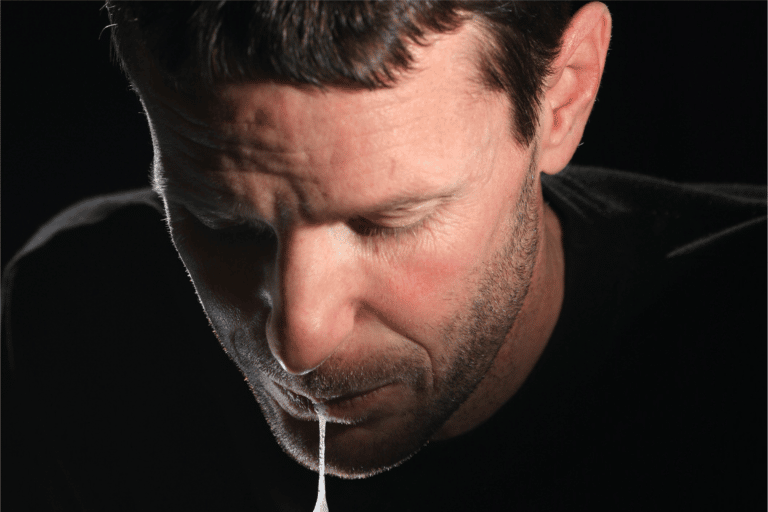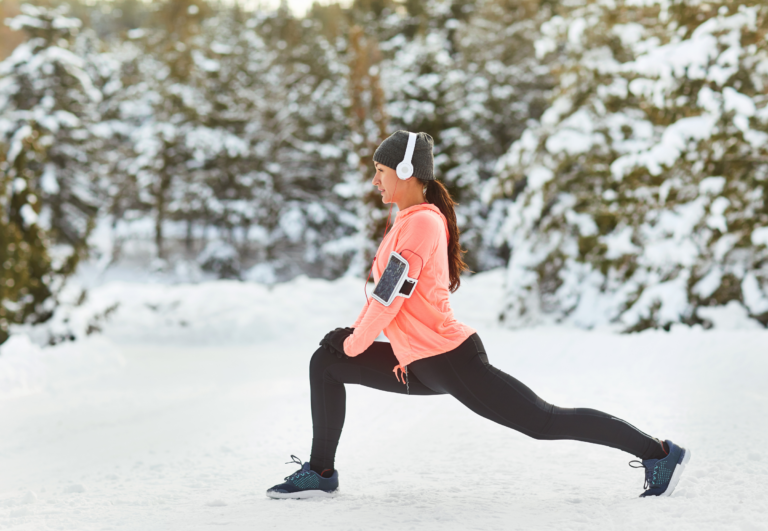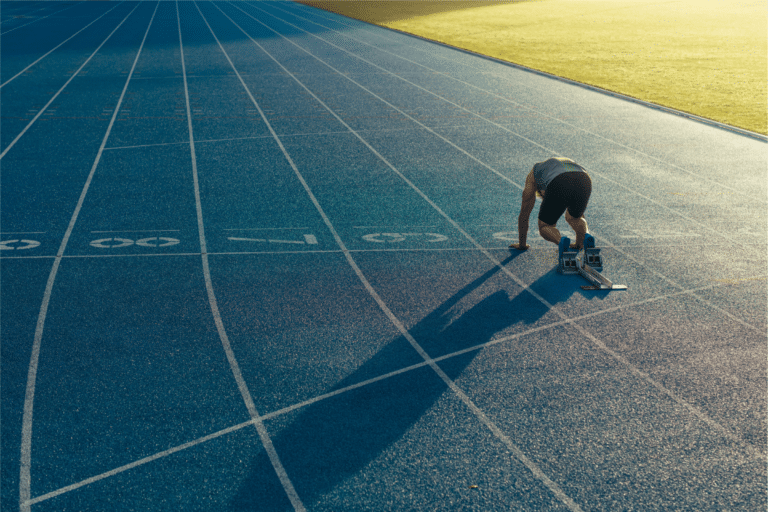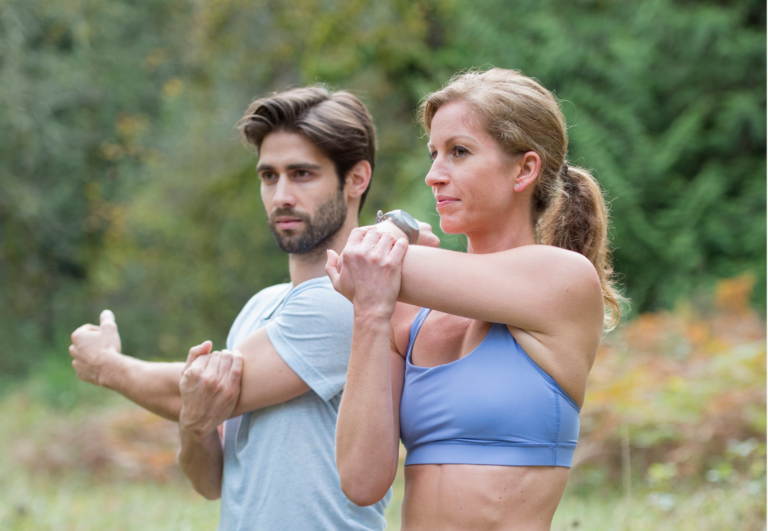Post-Run Mobility Exercises: Essential Stretching for Runners
Mobility exercises after running can play a crucial role in a runner’s recovery and overall performance. As a running coach, I always emphasize the importance of post-run routines to my athletes. Incorporating stretches and mobility work helps ensure that they maintain healthy movement patterns, which can aid in preventing common running-related injuries.
Integrating a targeted mobility routine following a run aids in cooling the body down and facilitates the recovery process, ultimately improving performance. These exercises are designed to increase flexibility in areas that often tighten during a run, such as the hips, hamstrings, and lower back. This post-run practice can be especially beneficial for runners looking to achieve more fluid and efficient running form.
By performing stretches that engage the whole body and promote elasticity in the muscles, runners can also enhance their body’s adaptation to various running surfaces and conditions. Managing to do so allows for a smoother transition between challenging workouts and contributes to sustained healthy running practices.
Post-Run Recovery Basics
After a run, your muscles need the right kind of attention to recover properly and maintain peak performance.
Importance of Mobility for Runners
Mobility work is essential for runners because it contributes to a range of motion in joints and muscles, which can help prevent injuries. Consistent mobility exercises post-run aid in reducing muscle stiffness and soreness by promoting blood flow, which helps nutrients reach the muscles that need repair.
- Increase in blood flow: Enhanced circulation aids in quicker muscle recovery.
- Reduction in soreness: Regular mobility exercises help alleviate post-run muscle tightness.
How Recovery Enhances Performance
Effective recovery plays a pivotal role in improving running performance over time. Not only does it help in reducing the risk of injuries, but it also ensures muscles are well-rested and prepared for the next run. When recovery protocols are followed, I observe a notable improvement in performance, with a decrease in fatigue during subsequent running sessions.
- Prevention of injuries: A focus on recovery reduces the likelihood of overuse injuries.
- Boost in performance: When muscles recover fully, they’re primed for better performance in future runs.
Essential Mobility Exercises
Incorporating specific stretches and mobility exercises post-run is crucial for enhancing flexibility and preventing injury. I’ll guide you through targeted movements for your hips and glutes, legs, and core to back areas, which are key for runners.
Hip and Glute Stretches
Hip Flexors and Glutes:
- Hip Flexor Stretch: Begin in a lunge position, with your right leg forward and left knee on the ground. Keep your back straight as you push your hips forward to feel a stretch in the front of your left hip. Hold for 30 seconds, then switch sides.
- Pigeon Pose: Start in a tabletop position and bring your right knee forward, placing it behind your right wrist. Extend your left leg back. Lower your hips and torso down for a deeper stretch in the glutes and hold for 30 seconds before switching sides.
Leg Focused Mobility
Hamstrings and Quads:
- Standing Hamstring Stretch: Place your right heel on a low step or curb. Slightly bend your left knee, hinge at the hips, and lean forward until you feel a stretch in your right hamstring. Hold for 30 seconds, then switch to the opposite side.
- Quad Stretch: Stand upright and pull your left foot up towards your buttocks. Grab your ankle and pull gently to feel a stretch down the front of the thigh. Maintain this position for 30 seconds, then repeat with the right leg.
Core and Back Relaxation Techniques
Lower Back and Thoracic Spine:
- Child’s Pose: Sit on your heels with your knees wide. Extend your arms and bend forward to rest your forehead on the floor. Feel the stretch in your lower back and along the sides of your body. Hold for 30 seconds.
- Thoracic Foam Rolling: Position a foam roller under your upper back. Support your head with your hands and gently roll from your mid-back to the base of your neck. Pause on tender spots for a few seconds. Aim for 3 rounds of 30 seconds each.
Tools and Techniques for Enhanced Flexibility
To improve post-run flexibility, incorporating the right tools and techniques is crucial. Focusing on foam rolling fundamentals and understanding the difference between static and dynamic stretches can help enhance your flexibility safely and effectively.
Foam Rolling Fundamentals
Foam rolling before or after a run can prepare your muscles or help them recover by reducing tension and improving range of motion. I recommend these steps:
- Glutes: Sit on the roller and slowly roll back and forth to identify and work on tight spots.
- Calves: Place the roller under your calf and roll from the knee down to your ankle.
- Hamstrings: Position the roller under your thighs and roll from the bottom of your glutes to the back of your knees.
Duration: Spend at least 30 seconds on each muscle group.
Static vs. Dynamic Stresses
Static stretches involve holding a stretch for a period of time, usually between 15 to 30 seconds. These stretches are best performed post-run when muscles are warm.
- Hamstring Stretch: Extend one leg forward while sitting, reach toward your toes.
- Quadriceps Stretch: While standing, pull your foot towards your buttocks, keeping knees together.
Dynamic movements, on the other hand, involve moving as you stretch, which is ideal before running to promote blood flow.
- Leg Swings: Hold onto a support and swing one leg forward and back, then side to side.
- Lunges: Step forward into a lunge, switching legs in a fluid motion.
To maintain flexibility, I encourage runners to use a combination of both static stretches and dynamic movements consistently.
Post-Run Routine for Optimal Results
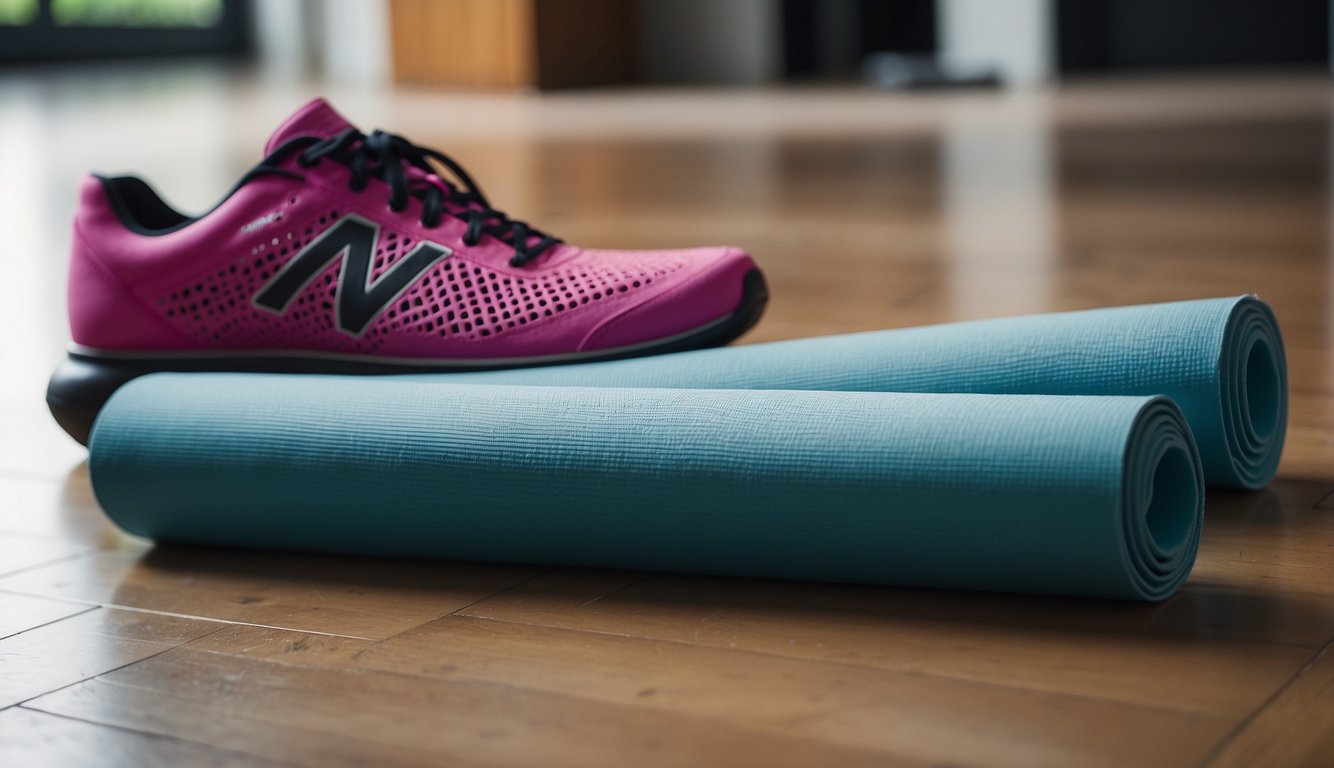
To enhance recovery and performance, a structured post-run routine focusing on cooling down and proper nutrition is essential. By integrating this strategy, you can boost recovery and prep your body for your next run.
Cool Down and Stretching Sequence
After a run, it’s crucial to gradually bring your heart rate down with a 5-10 minute cool down of easy walking or jogging.
Following this, a stretching sequence that targets major muscle groups will help in reducing stiffness and improving flexibility. Implement a sequence consisting of a hamstring stretch, quad stretch, and calf stretch to address the legs comprehensively.
Hamstring Stretch:
- Sit on the ground with one leg extended.
- Reach for your toes and hold for 15-30 seconds.
Quad Stretch:
- Stand and pull one foot towards the buttocks.
- Keep your knees together and hold the stretch for 15-30 seconds.
Calf Stretch:
- Place your hands on a wall and extend one leg behind you.
- Keep the heel of the extended leg on the ground and hold for 15-30 seconds.
Refueling and Nutrition
Immediately after your cool down, focus on hydration by drinking water or an electrolyte-rich drink to replenish lost fluids. Within 30 minutes post-run, consume a balanced meal or snack that includes both protein and carbohydrates to aid in muscle repair and glycogen restoration, essential for boosting recovery.
Optimal Post-Run Nutrition:
| Nutrient | Source | Benefit |
|---|---|---|
| Water | Water, electrolyte drink | Hydration |
| Electrolytes | Sports drink, coconut water | Restore lost salts |
| Protein | Whey or plant protein shake, yogurt | Muscle repair |
| Carbohydrates | Fruit, whole-grain toast | Glycogen replenishment |
Ensure a ratio of 1:3 or 1:4 protein to carbohydrates in your post-run meal to maximize recovery benefits.
Preventing Injuries and Prolonging Running Health
Injuries are a common setback for runners, but with the right approach, you can maintain a healthy range of motion and keep your running longevity. As a UESCA certified running coach, I emphasize both strengthening exercises and regular mobility assessments to ensure my runners stay on track.
Strengthening to Support Mobility
Core and Lower-Body Exercises: As runners, it is crucial to strengthen the muscles that support our joints to prevent common running injuries. This includes targeting the glutes, hips, adductors, hamstrings, and calves. Here’s a simple routine you can follow:
- Glutes: Bridges (3 sets of 12 reps)
- Hips/Adductors: Side Leg Raises (2 sets of 15 reps each side)
- Hamstrings: Single Leg Deadlifts (3 sets of 10 reps each leg)
- Calves: Calf Raises (3 sets of 15 reps)
I must stress the importance of performing these exercises with proper form. Building this foundational strength will support a full range of motion during your runs and reinforce your body’s ability to cope with the demands of running.
Regular Mobility Checks with Professionals
For optimal running health, I schedule regular sessions with a physical therapist. These professionals can assess your range of motion and identify potential imbalances or areas of tightness that could lead to injuries if left unaddressed.
Mobility Assessment Checklist:
- Range of Motion: Assess joint flexibility in hips, knees, and ankles.
- Muscle Balance: Check for equal strength on both sides of the body.
- Functional Tests: Perform exercises to evaluate movement patterns.
Regular check-ups ensure that you stay ahead of any issue that may arise and help maintain a healthy state of physical fitness. Remember, preventing injuries is about consistency in both your strengthening routine and mobility assessments.

